The Phan Thiet fish sauce making profession has a history associated with the settlement of Vietnamese immigrants in Binh Thuan. Historical documents have provided many interesting and little-known facts about the fish sauce profession.
1. Phu bien tap luc, a historical and geographical work written by Le Quy Don about Dang Trong (from 1558 to 1775), states that in Dong An ward (belonging to Binh Thuan prefecture), there was a Ham Thuy team specializing in the fish sauce industry consisting of 50 people. Of these, 30 people annually paid 30 measures of fish sauce, 20 people annually paid 2 jars of fish sauce, 1 tub of marinated fish sauce, all exempted from taxes and corvee fees. This historical document allows us to confirm that the fish sauce industry in Binh Thuan was established over 300 years ago, reaching a professional level and was organized by the Nguyen Lord's government into professional organizations such as wards and teams.
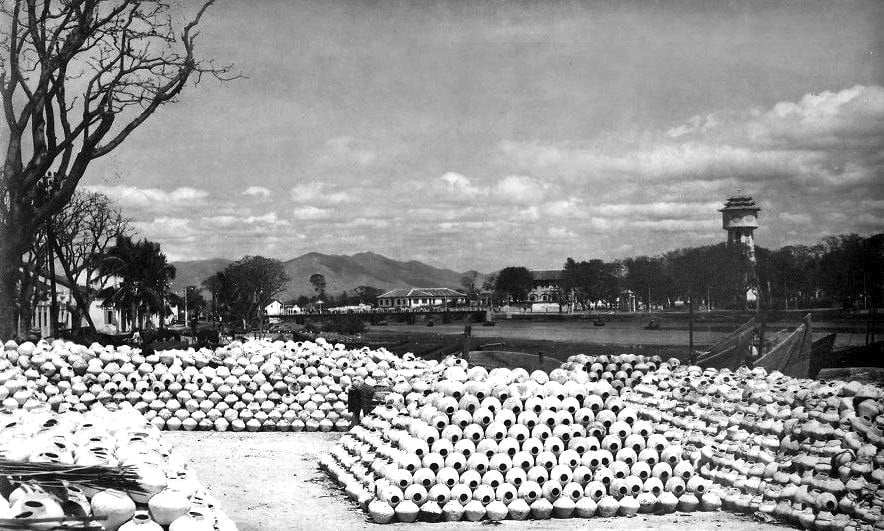
By the 19th century, the fish sauce making organization was called a household, a ham ho. King Minh Mang regulated the organizational structure and scale of the ham ho as follows: “The fish sauce household of Binh Thuan province, the province will authorize the Chief of that household to recruit more, within the year, the quota will be supplemented by 50 people, and immediately request for actual work; if the quota is not met, the law will be considered and punished. The province will also authorize the people in the district, and anyone who volunteers will be appointed as a Chief of the Household, and will supervise the collection of taxes in accordance with the rules”. Thus, the ham ho is an organization of people who specialize in making fish sauce, and the personnel in the household are voluntary. Each ham ho has 50 people, headed by the Chief of the Household. This is an organization that helps the state manage production and urges tax collection.
Later, the word “ham ho” was also used to refer to people who worked in the fish sauce industry but were households, large-scale producers – “tycoons” in the industry. Along with their processing facilities, they also had a fleet of boats to catch and transport fish sauce, owned many houses and lands, and were famous for their wealth.
2. Phan Thiet fish sauce is an indispensable product for Vietnamese people. For example, during the war with Tay Son (from 1775 to 1790), the Nguyen Lord's army was isolated in Saigon, so the fish sauce source from Binh Thuan province could not be transported in. And so during meals, they constantly complained about the lack of this type of sauce.
Another case was during the years of World War I 1914 - 1918, the meals of Annamese soldiers in the French army could not be without fish sauce. The colonial government in Indochina at that time asked the Pasteur Institute in Saigon to research and create a type of concentrated fish sauce to send to Europe for Vietnamese soldiers to use. The quality of the concentrated fish sauce was very good, no different from the fish sauce in the homeland.
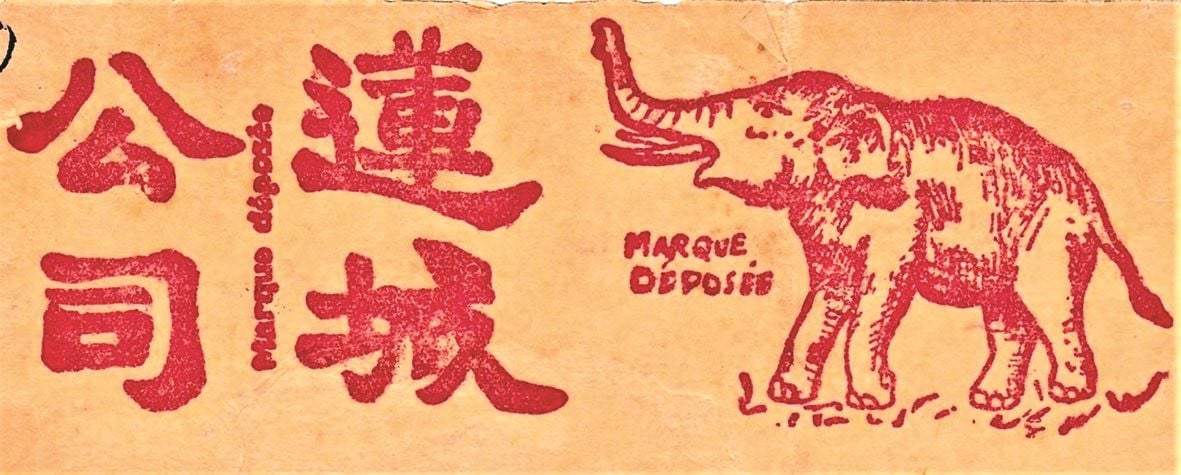
3. Under the Nguyen Dynasty, fish sauce was divided into two grades: superior and medium-good and was purchased by the state. According to the Imperial Code of Dai Nam, the price of fish sauce was set at 1 quan and 2 tien (in 1835). This amount was partly used to reward the court's military officers. Along with Khanh Hoa, Binh Thuan regularly supplied fish sauce to Gia Dinh and Tran Tay Thanh (a town of Dai Nam under King Minh Mang, now in Southeast Cambodia). In 1834 alone, Binh Thuan province provided up to 1,000 tins for generals and military advisors to distribute to soldiers. Fish sauce was also included in the products given as rewards to appease the ethnic minorities in the mountains so that they would wholeheartedly submit, pay taxes, and become permanent border residents.
Twice a year, during the Tieu Man (May 21-22) and Dai Thu (July 23-24) seasons, Binh Thuan province reserves three sampans to transport the fish sauce back to the capital. At Phu Hai estuary, the provincial officials organize a solemn farewell ceremony with drums and flags.
4. Fish sauce is a product with a strong odor that foreigners find hard to accept; but when reading old documents, we see that not all Westerners "dislike" fish sauce. Exactly 155 years ago, a missionary from the Paris Foreign Missions Society had very positive comments about the "national spirit" dipping sauce of the Vietnamese people as follows: "If you don't get attached to the smell of fish sauce and consider it like the smell of cheese or durian (then) people will find it delicious. It's easy to feel that the smell of fish sauce is not really unpleasant at all, that it makes some dishes very delicious and that there must be a little secret to make it so delicious."
The priest added: “This liquid is very strong and very essential, completely suitable for the needs of people who only have rice as their main food... Fish sauce has health value: it is very valuable because it often stimulates the appetite when we suffer from anemia which causes loss of appetite, it is a spleen aid when suffering from digestive disorders, it is a very strong warming agent when suffering from stomachache and colds”.
Later, fish sauce was brought to France to attend the Marseille Fair (April 1922) with the purpose of exploring and finding a consumer market. According to Pham Quynh's notes: at that time, when Westerners tasted Annamese rice, "many praised it as delicious, first of all, they praised our fish sauce, saying that among all the dipping sauces, nothing is better than fish sauce".
5. In 1906, a fish sauce company with many branches was established in Phan Thiet; with the red elephant brand name used since 1909. Lien Thanh was the only company in Indochina specializing in the production of fish sauce on a large scale and fully possessing the characteristics of a capitalist company.
Few people know that the birth of Lien Thanh Company was the result of a collective action by the reformists of Binh Thuan, with a spirit of joining hands to build an independent economy for the nation. Lien Thanh was also established with the active support of the French authorities (Binh Thuan Ambassador Garnier). This is considered "the most novel phenomenon, opening an unprecedented economic climax in Vietnam" (Nguyen Van Xuan).
Before 1945, fish sauce was the only industry in Binh Thuan province. According to data published in 1931, Binh Thuan had nearly 640 households, owning 1,525 large vats, 7,759 medium and small vats. According to the province's tax data, the total output of fish sauce was over 40.6 million liters, accounting for approximately 7/10 of the total output of Indochina. Therefore, Binh Thuan is considered the main fish sauce production center of Indochina.
References and citations:
Cabinet of the Nguyen Dynasty. Imperial Code of Dai Nam (translated by the Institute of History), volume III. Hue: Thuan Hoa (2005).
National History Institute of the Nguyen Dynasty. Dai Nam Thuc Luc, volume 7 (translated by the Institute of History). Hanoi: Education (2006).
Le Quy Don. Complete works, volume I – Phu bien tap luc (translated by the Institute of History). Hanoi: Social Sciences (1977).
Pham Quynh. Travel diary in France (V). Nam Phong magazine, issue 65 (November 1922).
Guillerm, J. (1931), Fish sauce industry in Indochina (translated by Cong Khanh and published on Vu The Thanh's page). Journal of the Pasteur Institutes of Indochina.
Source


![[Photo] Looking back at the impressive moments of the Vietnamese rescue team in Myanmar](https://vstatic.vietnam.vn/vietnam/resource/IMAGE/2025/4/11/5623ca902a934e19b604c718265249d0)

![[Photo] "Beauties" participate in the parade rehearsal at Bien Hoa airport](https://vstatic.vietnam.vn/vietnam/resource/IMAGE/2025/4/11/155502af3384431e918de0e2e585d13a)



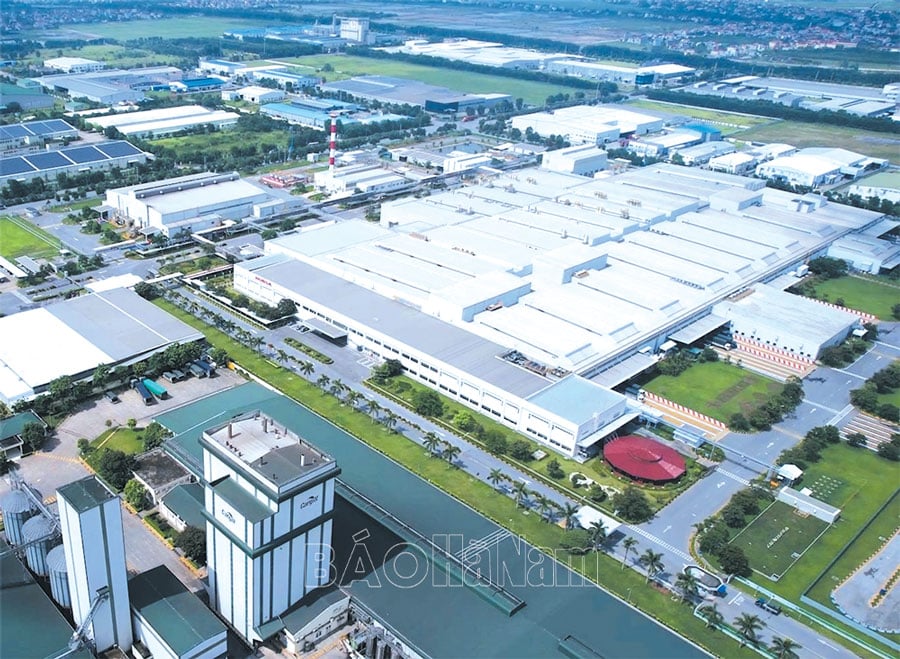
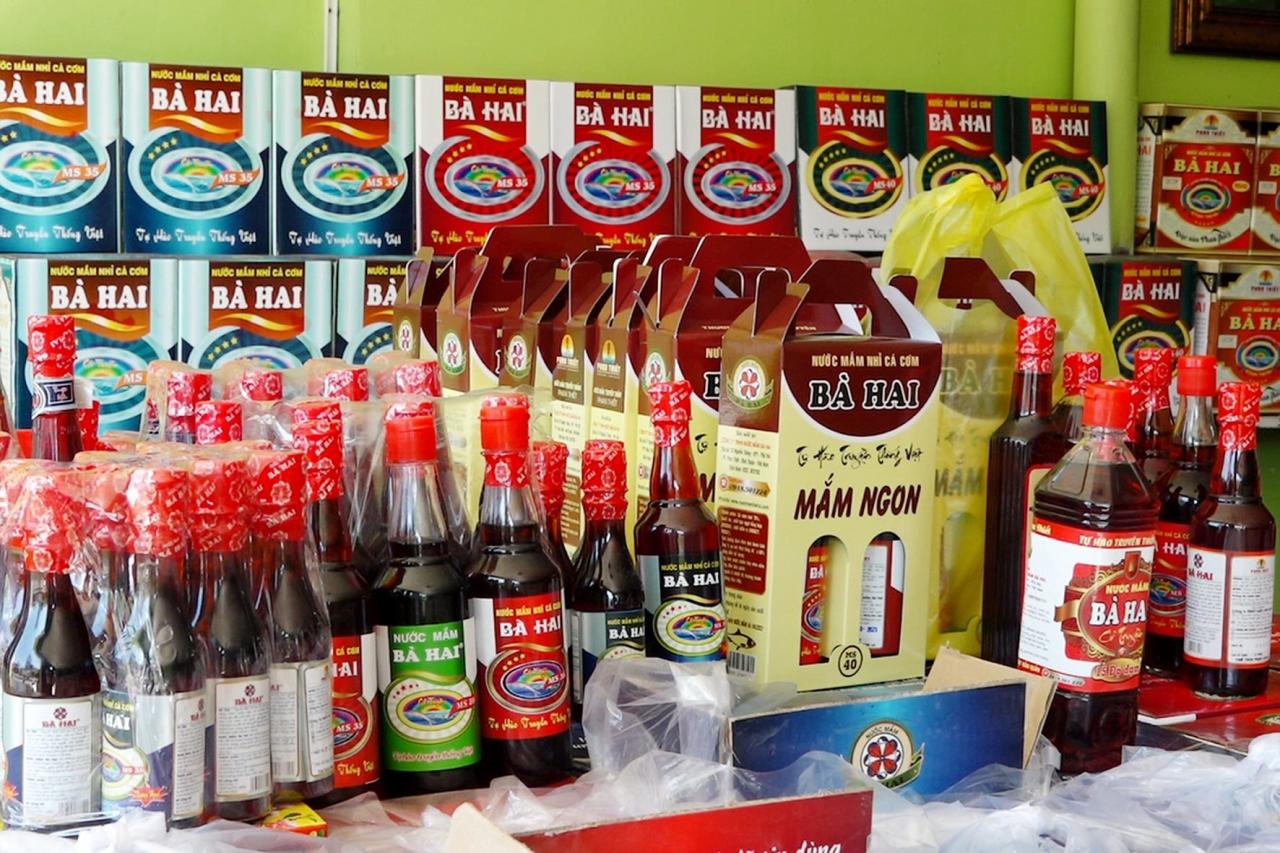



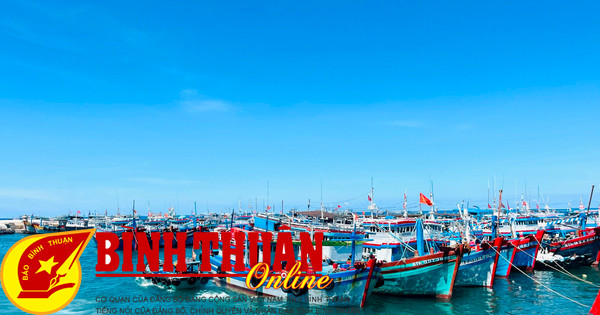
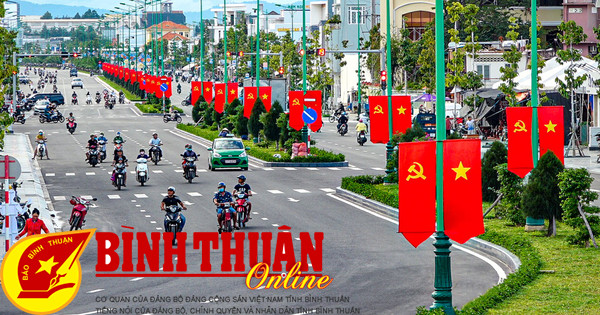
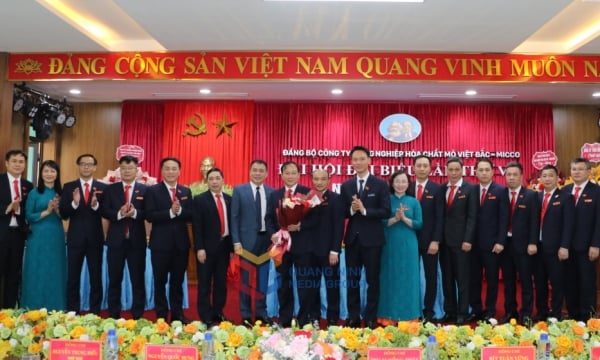




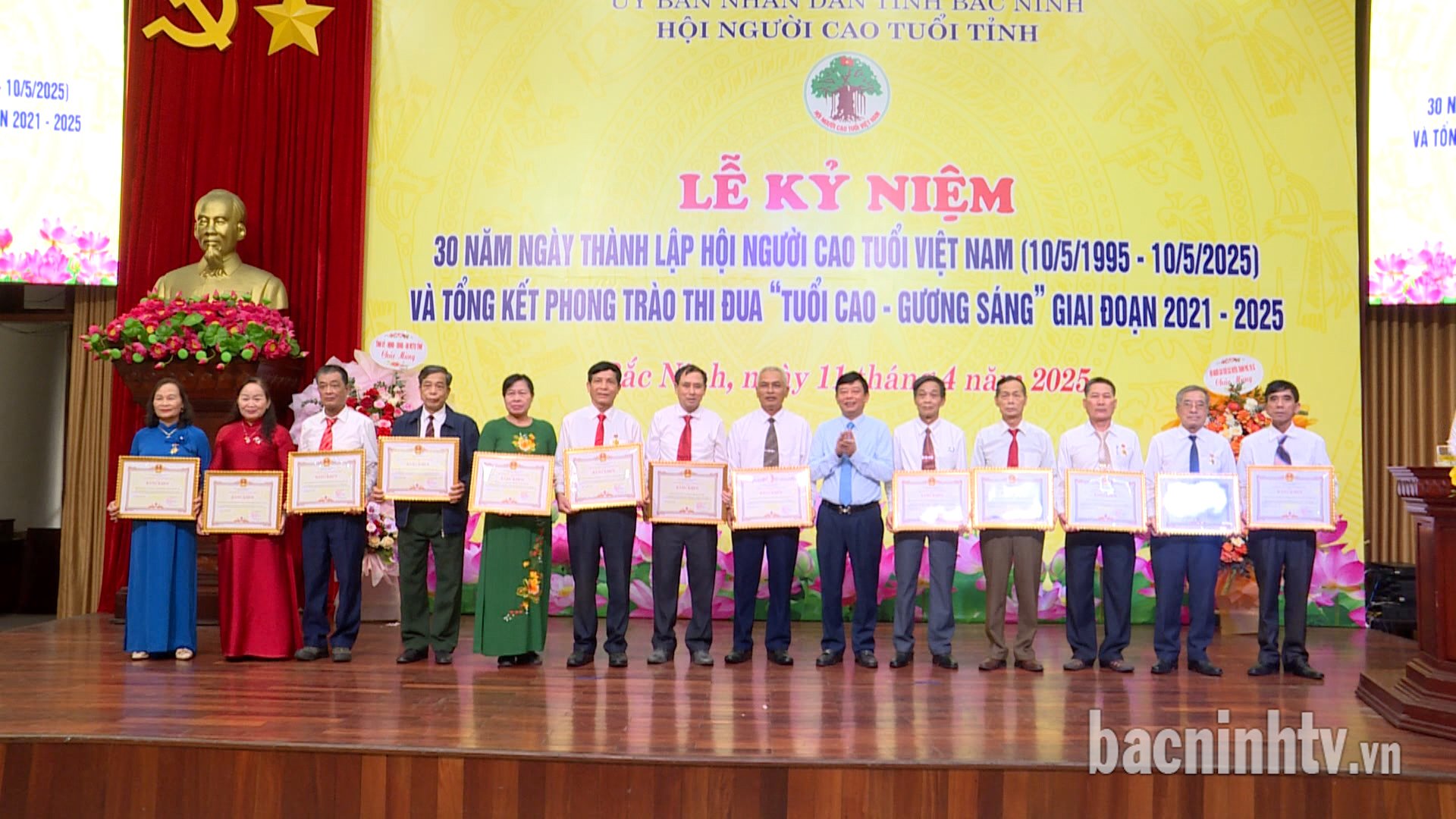



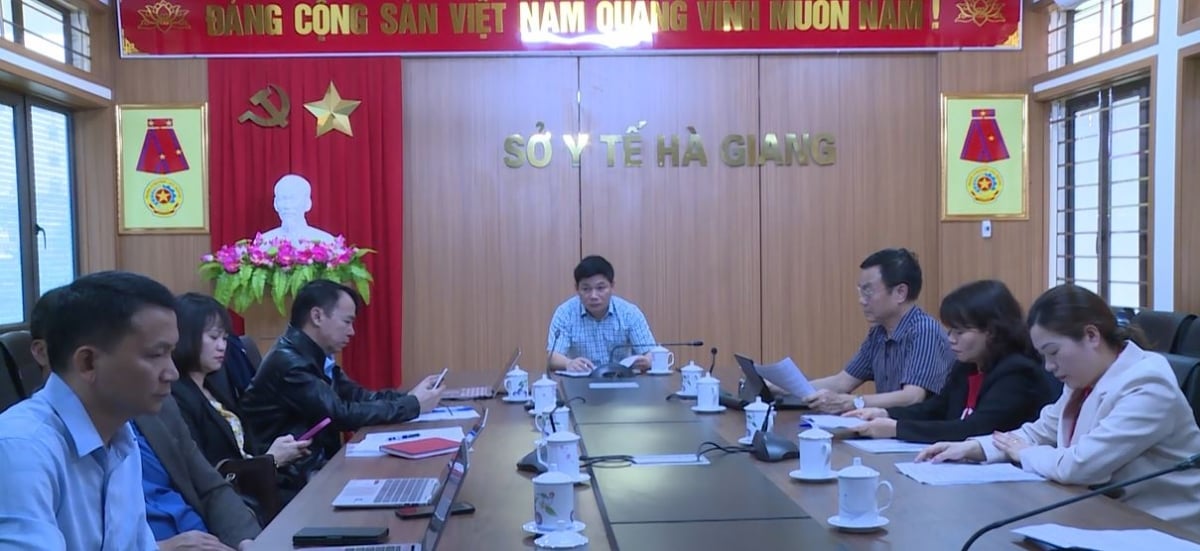
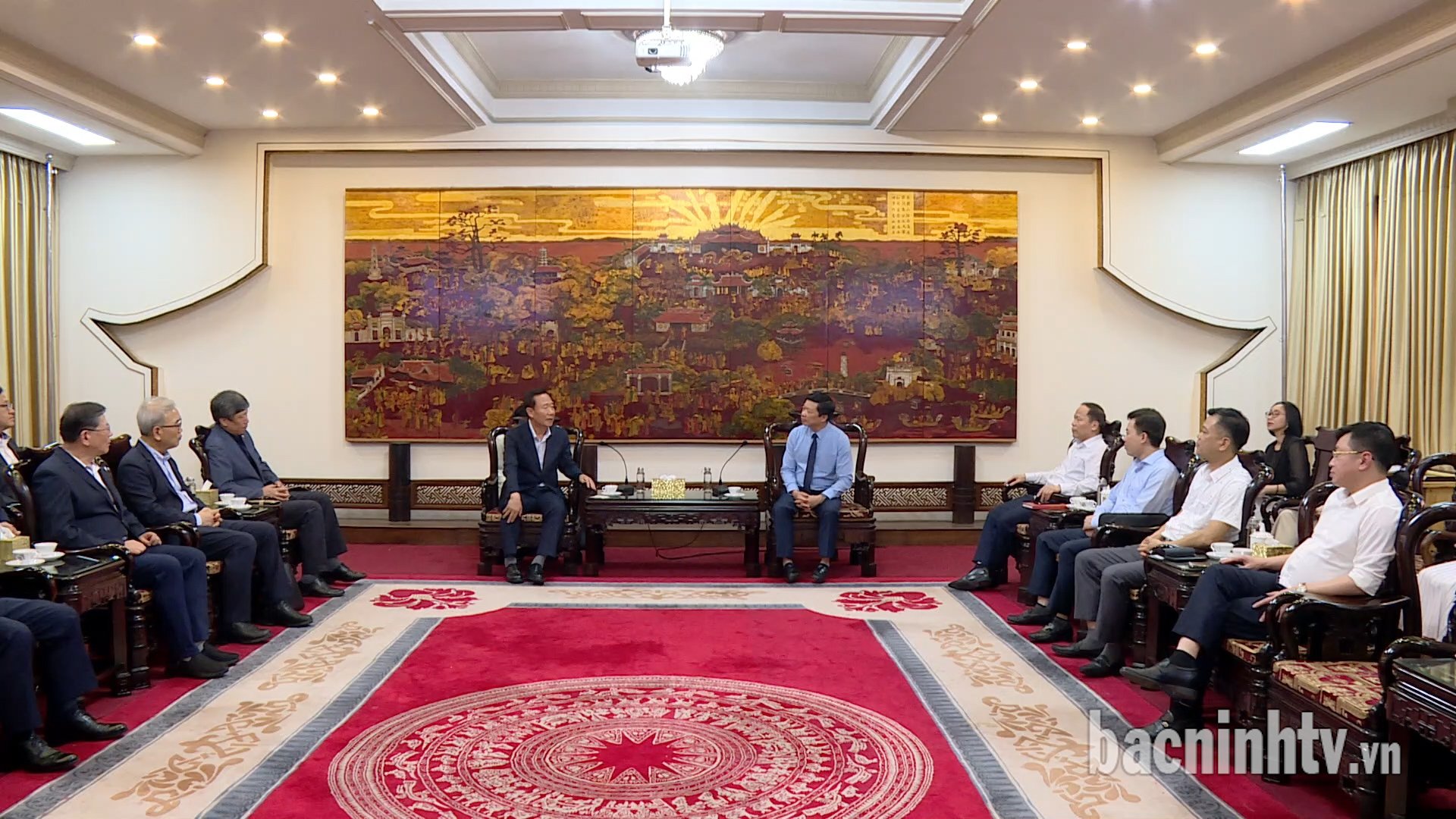

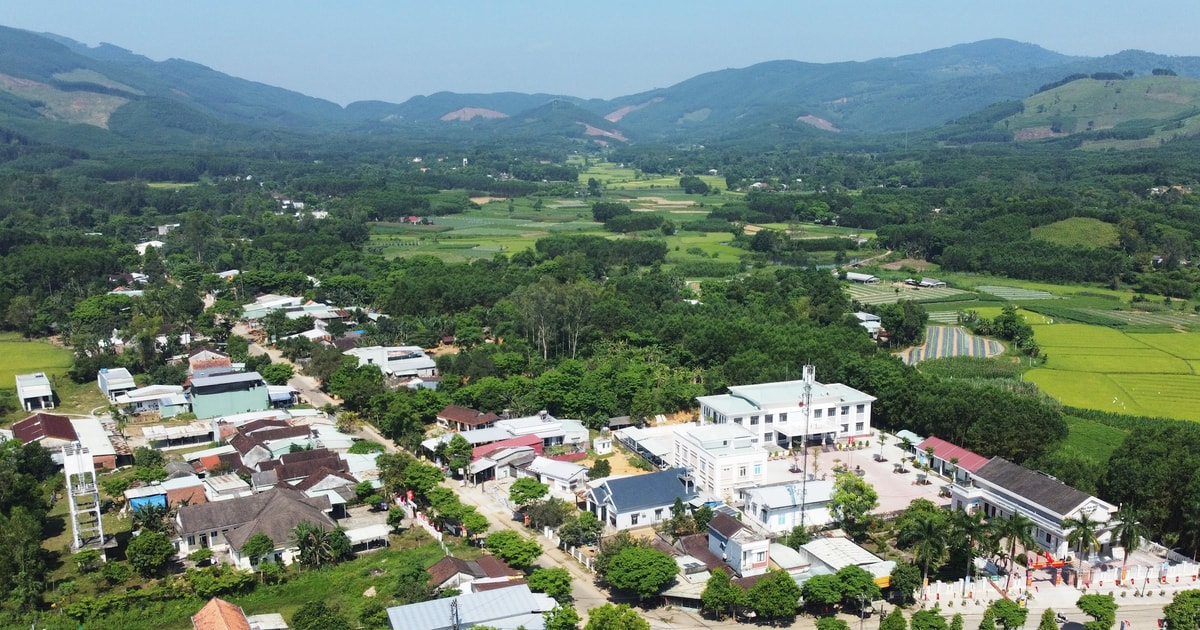

![[Photo] Summary of parade practice in preparation for the April 30th celebration](https://vstatic.vietnam.vn/vietnam/resource/IMAGE/2025/4/11/78cfee0f2cc045b387ff1a4362b5950f)
















































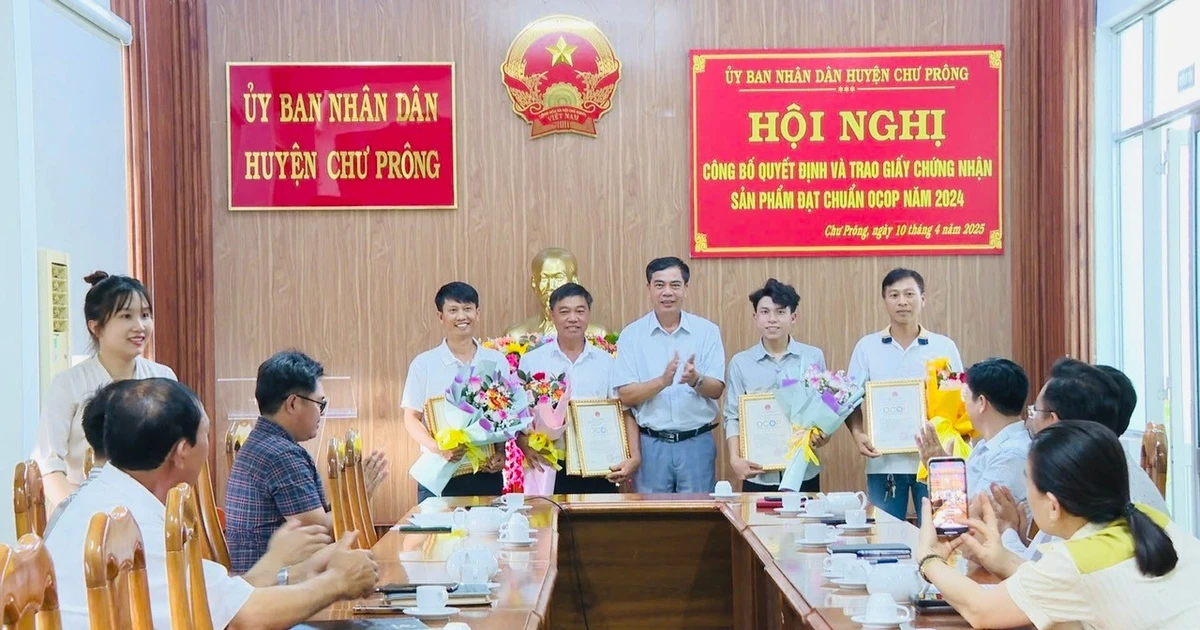











Comment (0)